Addon... I have checked some sources about the projects involving the tankettes.
It seems that ALL were supposed to be rearmed as light AT destroyers
At least 400 newest automatic cannons model A, mark 38 were ordered (called heaviest machine guns wz 38 A in Poland) for that purpose alone - only abot 50-60 were produced and between 24 and 44 tankettes were rearmed in time.
There was however a newer design. An open topped light tank destroyer/assualt cannon TKS-D.
Two experimental vehicles were delivered and fought in the 10th Motorized Brigade of colonel Maczek.
Both were destroyed in fighing to 10th September.
It is quite probably this design would be another large use for the little tank.
Much like lightly armoured German and American tank destroyers it was not a full tank for sure, but would add some firepower to the most mobile elements of the Polish army.
At that time the tank force would receive modernised 7TPs named 9 TP, new light/medium tanks called 10 TP and 14 TP as well as the real, medium tank with 76 mm cannon. All to 1942 as the industrialisation plans were expected to end.








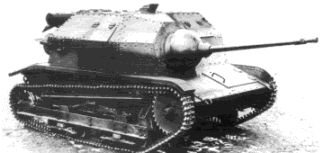
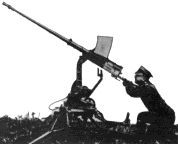

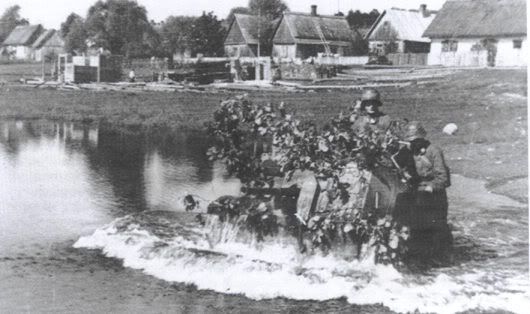


 Reply With Quote
Reply With Quote

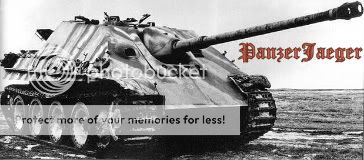



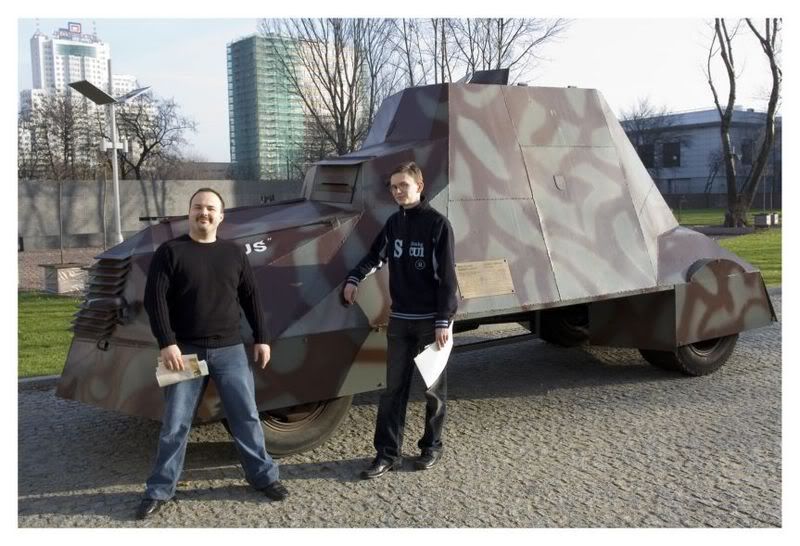














Bookmarks